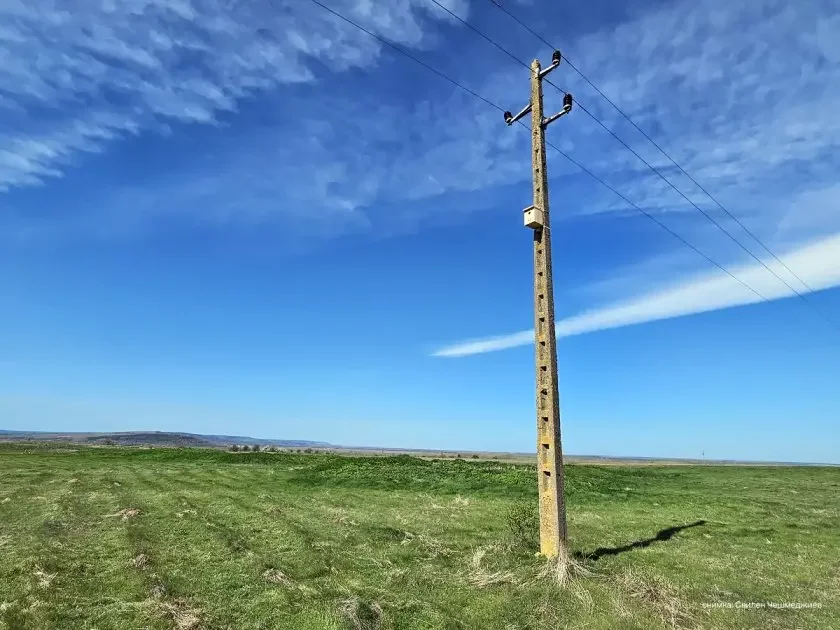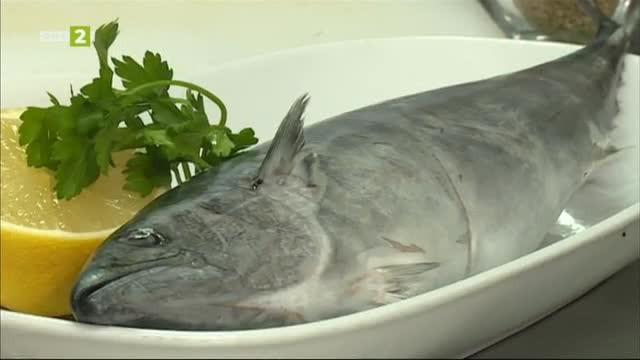Bird nest boxes were installed on power lines by Electodistribution North and the Society for the Protection of Birds

The installation of nest boxes for the European roller (Coracias garrulus) and the Red-footed Kestrel (Falco vespertinus) on the overhead power lines of Electrodistribution North grid was successfully completed in time for the start of the breeding season, the company said on April 11.
Electricity distribution technicians of Electrodistribution North in cooperation with experts from the Bulgarian Society for the Protection of Birds (BSPB) installed a total of 150 nest boxes in 40 separate locations in the regions of Veliko Turnovo, Dobrich, Rousse and Silistra within the LIFE project "Safe Skies for Birds in Northeastern Bulgaria".
The installation of nest boxes for endangered bird species is done in order to provide safe places for nesting and protection of their population. This prevents the construction of natural nests on electricity pylons, which are risky both for the birds and for the normal operation of the electricity grid.

Both endangered bird species are expected to return to their breeding range towards the end of April and the beginning of May. Over the coming months, checks will be carried out at each of the nest boxes to establish how many are occupied and what the nesting success is.
The Red-footed Kestrel is a small falcon that has suffered a drastic population decline in Bulgaria over the last twenty years, reaching the critical threshold of only a few known pairs in 2022. This is the reason why the species is listed as Critically Endangered in the Bulgarian Red Data Book and, in view of its declining numbers in Europe, is part of the IUCN World Red List.
The European roller (Coracias garrulus) is a protected species that nests in holes in earth slopes, rock niches, stone walls, tree hollows and in the cavities of concrete electricity pylons. The population of this blue-coloured bird began to suffer a drastic decline in the 1950s. Pesticide use in agriculture was the main cause.
Images by Svilen Cheshmedzhiev

Get the latest news wherever you are!
Follow us on
Facebook
and
Instagram
Follow BNT’s YouTube channel
You can now also watch us on
TikTok
Find us on
Google News























